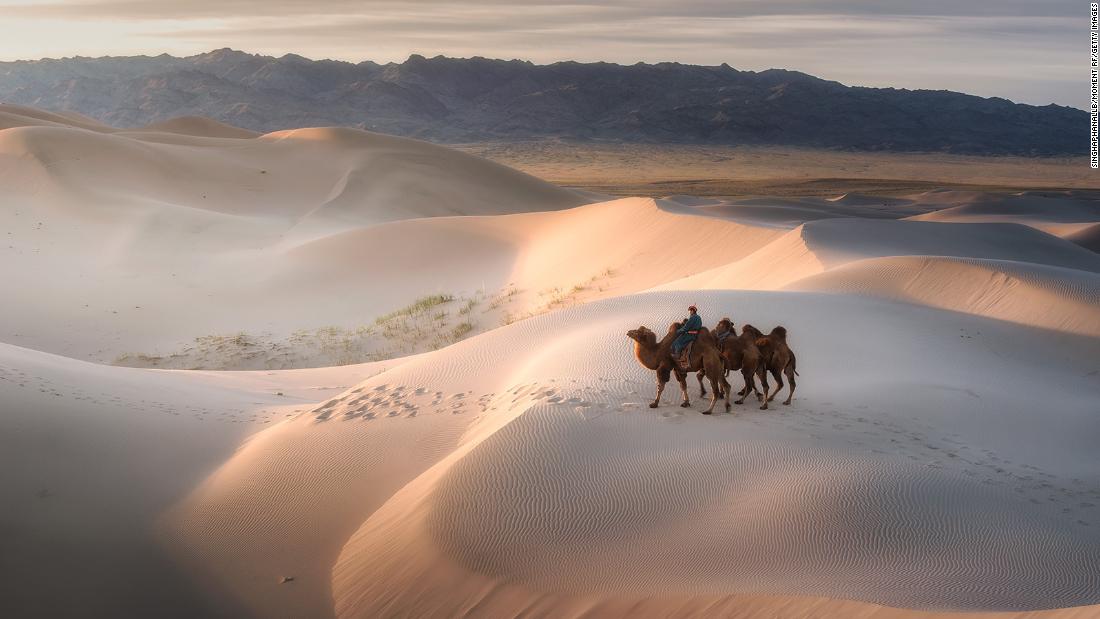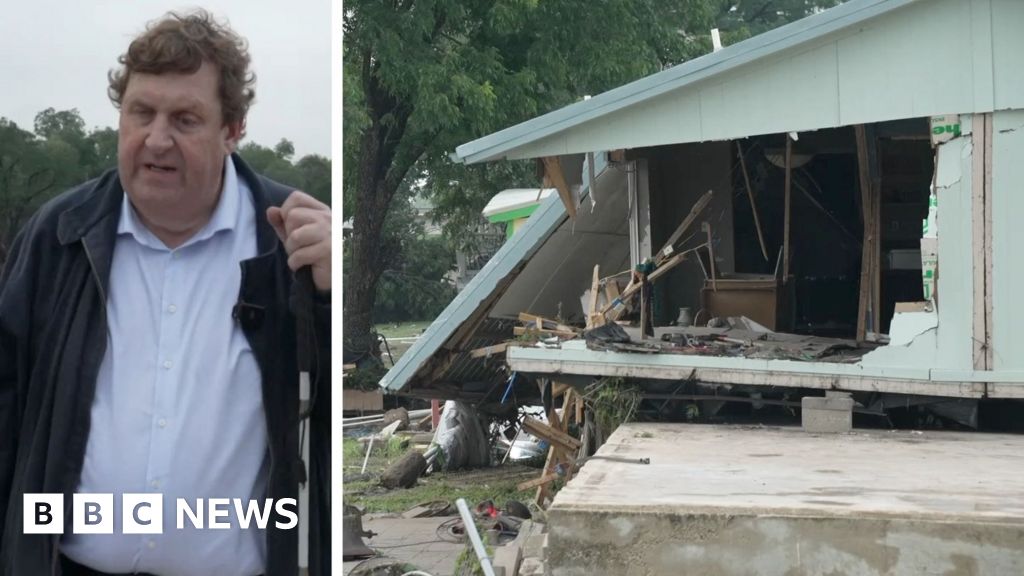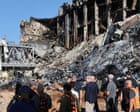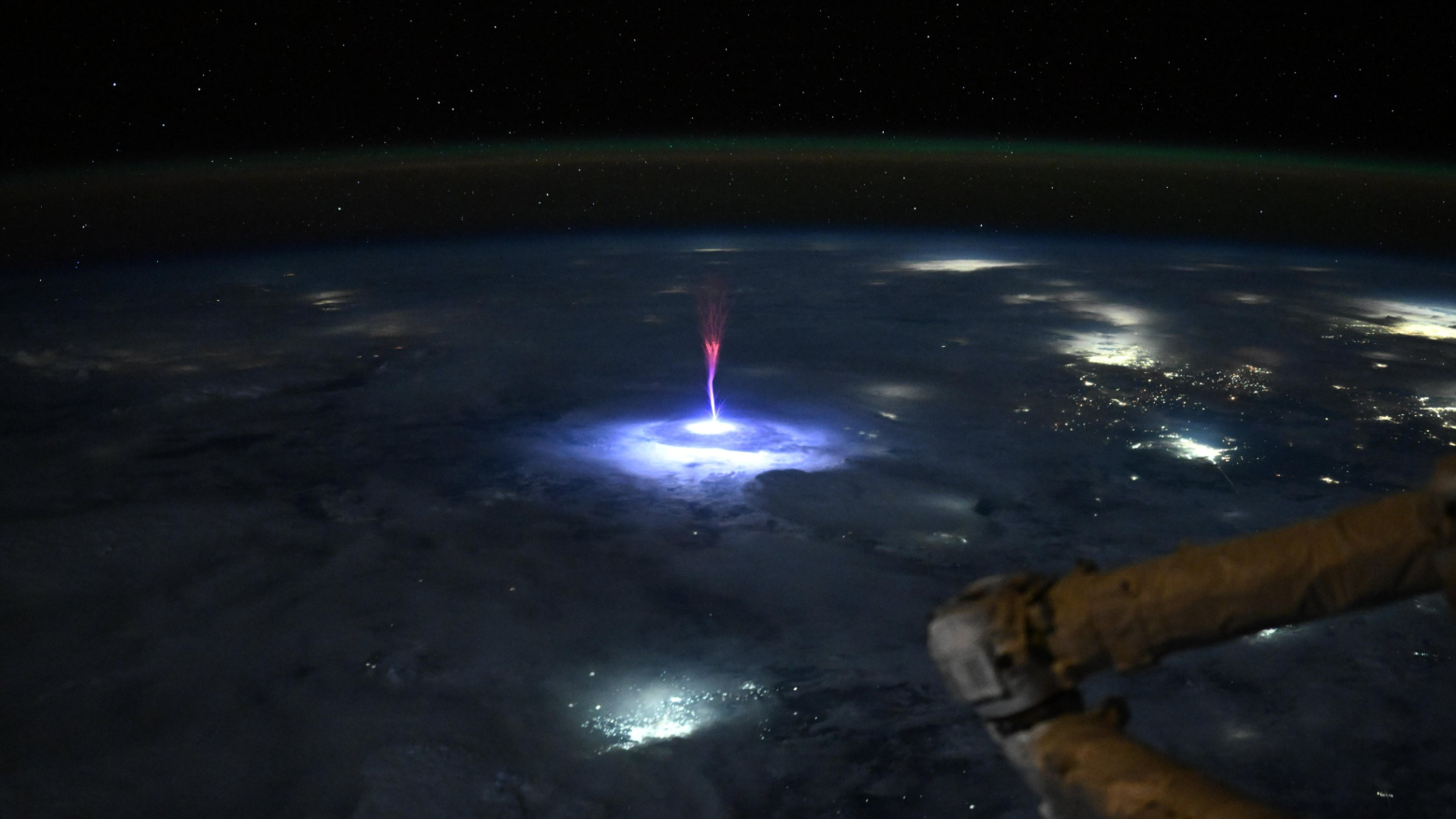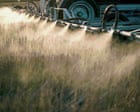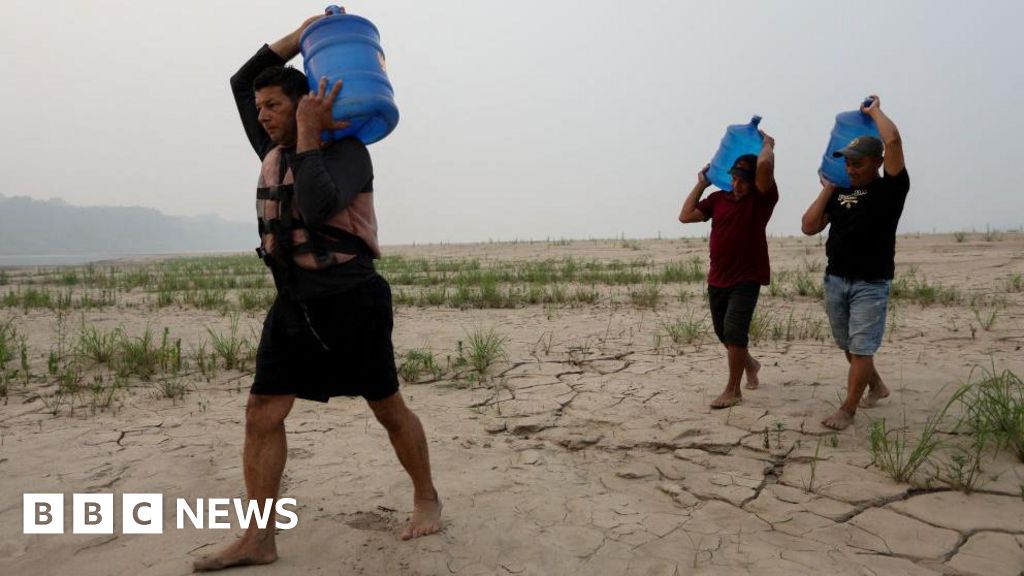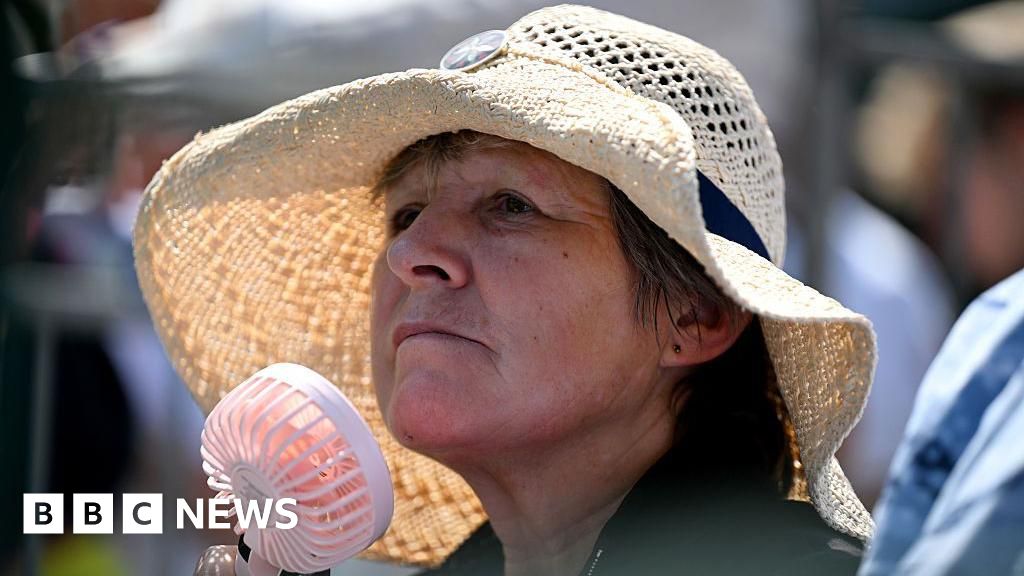Why Oakmont is the world’s scariest golf course


It had not happened to Paul Casey before and has not happened to anyone since. When the Englishman walked towards the recorder’s hut in the 2007 US Open, his fellow pros on the practice green put down their putters and delivered a collective round of applause.
Casey had not won – it was only the Friday – but with a 66 he had, for one day only, conquered Oakmont.
“That was a one-off, not just my score, but the reaction from the guys,” Casey told Telegraph Sport. “Anywhere else and you shoot a good score and all you get from them is a grunt of ‘Well done’. It just shows the difficulty of Oakmont. It bites and it bites hard.”
Indeed, the joke in the clubhouse is that the 18 holes would be more appropriately placed in Transylvania than Pennsylvania. The members cherish its reputation as the hardest course on the major rotas – maybe too much – and love to repeat the statement of the founder’s son, WC Fownes: “Let the clumsy, the spineless and the alibi makers stand aside.”
When his father, Henry Clay Fownes, designed the layout in 1903 he did so with the intent of replicating the unyielding nature of the links he encountered during his formative years in Britain. Fownes was not thinking major headaches for the multi-millionaire superstars of the next century, but only of the locals at that time and to this day they are unique in demanding their greenstaff ensure it is kept at championship severity.
Another quip in the spikes bar is that the greens – described by Jack Nicklaus as “the quickest and most daunting in the world” – are actually slowed down for US Open week. At least, the eavesdroppers assume it is a quip. Gilbert Hanse is not so sure. The renowned architect was brought in a few years ago to update the layout but was definitely not handed carte blanche. He was given one order from the club: “It better not be easier when you’re done.”
Jim Furyk was born in Pittsburgh and knows the Oakmont denizens well. “I don’t know if they’re gluttons for punishment, but they are very proud of their course and the fact that it’s hosted more US Opens than any other,” Furyk, twice a runner-up here, said. “I think a lot of them hold memberships at other clubs so as not to get their rear end kicked all the time.”
They cannot wait to see their pride and joy taking lumps out of the game’s elite. They are golfing ghouls, the type of sadists who would be minded to crowd on the bridges on the M6 just to watch the crashes, which is ironic as there is an actual motorway going through the middle of Oakmont Country Club. The course is elevated, so the drivers have no idea what they are zooming past. But if they turn off the radio and open their windows they might hear the wails coming from up above.
Rory McIlroy shot an 81 in practice – “I birdied the last two and felt I played well” – and Scottie Scheffler has been similarly flummoxed. “This is probably the hardest golf course that we’ll play,” the world No 1 said. “Maybe ever.”
The ferocity of the challenge is written all over the scorecards. In its 98-year status as a US Open venue, 1,385 players have teed it up and only 28 have finished under par, according to the United States Golf Association.
What makes it such a fearsome test? Four factors. The tightness of the fairways (at an average of 27 yards wide); the thickness of the rough (five inches tall and extra juicy); the malevolence of the bunkers (175 in number and callously deep); and the slopes and speed of the greens.
The latter defines everything. If you think Augusta’s have gradients, they are but salt flats compared to these pistes.
Nightmare fuel. 😱 #TeamTaylorMadepic.twitter.com/GPasPevwjG— TaylorMade Golf (@TaylorMadeGolf) June 10, 2025
The greens are so difficult to hold the ball on that the golfer only has a hope by playing their approach from the fairway.
But those errant off the tee will be chopping out from the rough. And the thick stuff surrounding the greens means that you will see pitches travelling a few inches. There are hundreds of spotters, but the wise money is on at least a few balls being lost in the cabbage. And there is no first cut, so this could occur a matter of feet from the fairway. With four putts an inevitability, expect fury from the participants. And if it does not rain, mutiny could be in the air.
“The fairways have strong slopes, making them extra narrow if firm, “ Paul McGinley, the former Ryder Cup captain and Sky pundit said. “The greens are the fastest and most undulating in golf. Firm ground conditions would produce scoring carnage.”
McGinley predicts a five-under winning total if the thunderstorms strike. But the forecasters say that it is 50-50. If the weather remains warm. McGinley thinks five-over could be the number as the galleries salute the first over-par major champion in seven years.
That would of course raise the question, did they go too far? Well, the USGA is the arch master of the major cock-up so it would not be too great a surprise. It would be a crying shame, however, if negativity hit such a great course, with the iconic 120-yard “Church Pews” bunker that runs between the third and fourth, and a cast-list of winners that reads like a golfing scripture.
No doubt, it is fun to watch experts suffer and see them experience our own hacker nightmares, but when a track like this boasts a 301-yard par three (the eighth) then it only heightens the suspicion that the organisers and, in this case, the host club, are going out of their way to make the top flight look stupid. So much for the USGA’s age-old promise that “we are not trying to humiliate the best players in the world – we are simply trying to identify them”.
.@TyrrellHatton vs. the rough at Oakmont. 😂 #USOpenpic.twitter.com/MaqJj6zK48— PING GOLF (@PingTour) June 10, 2025
The competitors should simply be thankful to their predecessors who threatened to boycott the 1962 US Open. The likes of Arnold Palmer demanded that they stop furrowing the bunkers with cynically shaped rakes known as “the devil’s backscratcher”. The metal instrument came with heavy tines which created two- to three-inch ridges. The pros were so infuriated that one commented: “Those aren’t bunkers, they are places to plant potatoes.” So Oakmont made a concession. But just the one.
Top 10 toughest courses in golf
10. Augusta National, Georgia
Masters: 1934-present
Next to Muirfield and perhaps Turnberry, the home of the Masters is the best course on the majors rota. Demanding, unique and stunningly beautiful.
9. Royal Birkdale, England
The Open: 1954, 1961, 1965, 1971, 1976, 1983, 1991, 1998. 2008, 2017
The best course in England is also the toughest if Mother Nature is in a links type of mood. Rolling through the dunes, the layout offers the complete challenge. If a links can be described as unfair then this is it.
8. Olympic Club, San Francisco
US Open: 1955, 1966, 1987, 1998, 2012
Staged the 1955 US Open, which many believe presented the toughest post-war major challenge. The rough can be brutal, which is a problem as the fairways are tight. The slick, undulating greens only add to the torture.
7. Shinnecock Hills, New York
US Open: 1896, 1986, 1995, 2004, 2018
Brilliant Long Island layout really does not need tricking up as the USGA stupidly did on the weekend of the 2004 US Open, neglecting to water the greens. If it is windy, then be prepared to be attacked from all directions.
6. Whistling Straits, Wisconsin
US PGA: 2004, 2010, 2015
A merciless Pete Dye design. The brute on the shores of Lake Michigan is incredibly rugged, boasting more than 1,000 bunkers. A man-made links that is ultra challenging if Mother Nature is in one of her moods.
5. Bethpage Black, New York
US Open: 2002, 2009. US PGA: 2019
This public course comes with a sign warning that ordinary members of the public would be wise not to play it. Many believe this Long Island eye-strainer is the toughest course in the United States for handicappers, with huge bunkers and small greens. It hosts this year’s Ryder Cup.
4. Winged Foot, New York
US Open: 1929, 1959, 1974, 1984, 2006, 2020. US PGA: 1997
When asked what the difficulty rating out of 10 he would give the New York State layout, Jack Nicklaus famously replied “11, or maybe 12”. At the 2006 US Open, it was a nightmare to get up and down from around the greens.
3. Kiawah Island, South Carolina
US PGA: 2012, 2021
Host course of the infamous 1991 “War On The Shore” Ryder Cup, this Pete Dye creation in South Carolina boasts some stunning holes, especially the par-three 17th. If the wind is up it is a terrifying test.
2. Carnoustie, Scotland
The Open: 1931, 1937, 1953, 1968, 1975, 1999, 2007, 2018.
The beast on the Open rota. Jack Nicklaus says it is the hardest course in the world and if the elements comply then he is probably right. At the mercy of the North Sea, the weather whips in across a barren landscape. “Carnasty”, as it is known.
1. Oakmont, Pennsylvania
US Open: 1927, 1935, 1953, 1962, 1973, 1983, 1994, 2007, 2016. US PGA: 1922, 1951, 1978
The jewel of Pittsburgh is a fantastic challenge which borders on the unfair if its incredibly undulating greens are too fast. It is the only course where the USGA asks the club to slow down the greens for the pros. Deep bunkers are sadistically placed.
What's Your Reaction?
 Like
0
Like
0
 Dislike
0
Dislike
0
 Love
0
Love
0
 Funny
0
Funny
0
 Angry
0
Angry
0
 Sad
0
Sad
0
 Wow
0
Wow
0




